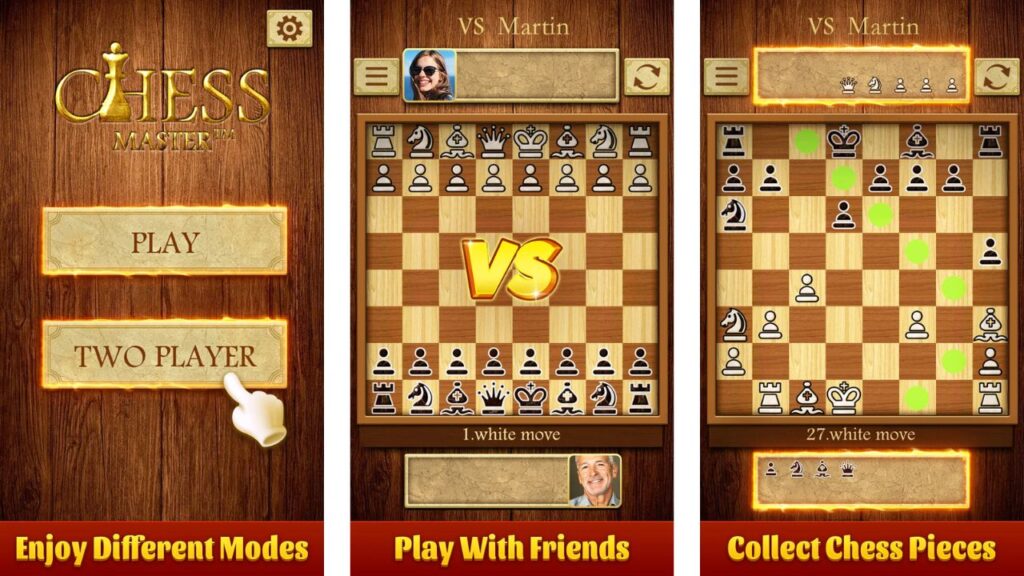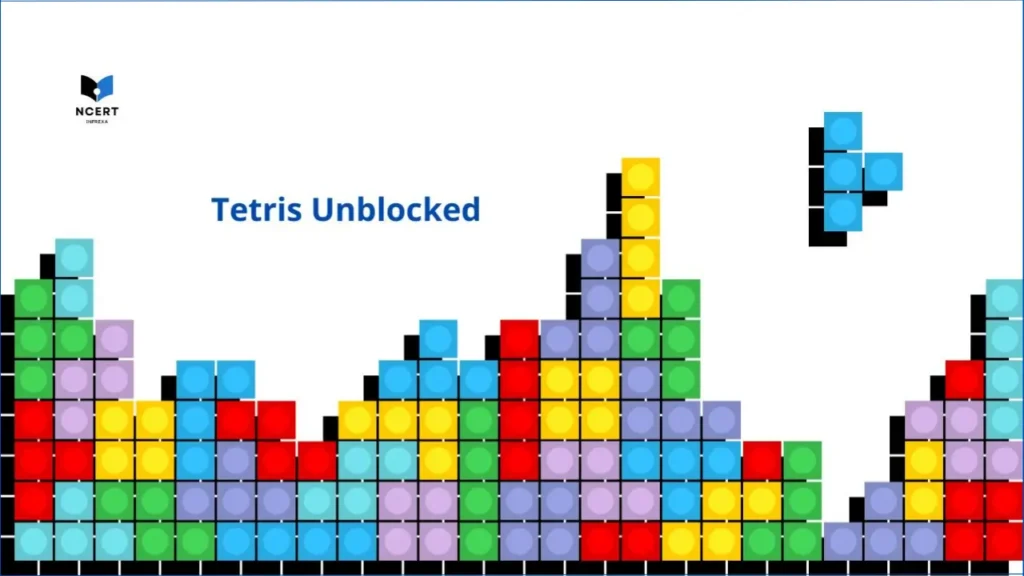I still remember the first time I realized my opponent’s king had nowhere to run. The quiet click of the piece on the board – it was a feeling of pure accomplishment. That moment is what chess is all about.
The game is a strategic battle played on an 8×8 grid. Your main objective is to achieve checkmate, which means trapping your opponent’s King so it cannot move to a safe square and is under threat of capture. When you hit checkmate, you win immediately.
The game starts with a total of 32 pieces – 16 for each player. Knowing what each piece does is the key to mastering the game.
The Pieces You Start With
Each player begins with the same 16 pieces, placed on the first two rows closest to them:
- The King (1): Your most important piece.
- The Queen (1): Your most powerful piece.
- Rooks (2): Strong pieces, excellent for straight-line control.
- Bishops (2): Excellent for diagonal control.
- Knights (2): Unique pieces that jump over others.
- Pawns (8): The infantry; they move slowly but are essential for defense and promotion.
How Each Piece Moves (The Rules)
The true challenge of Chess lies in understanding and coordinating the unique movement rules of these six different pieces:
- King: Can move one square in any direction (forward, backward, sideways, or diagonally). The King can never move into a square where it would be immediately captured (this is called moving into “check“).
- Queen: Can move any number of unoccupied squares in any straight direction (forward, backward, sideways, or diagonally). It is the most versatile and powerful piece.
- Rook: Can move any number of unoccupied squares horizontally or vertically (in straight lines). Rooks are often placed on the edges of the board.
- Bishop: Can move any number of unoccupied squares diagonally. Since they only move diagonally, a Bishop can never change the color of the square it is on.
- Knight: Moves in an “L” shape: two squares in one direction (horizontal or vertical) and then one square perpendicular to that movement. This is the only piece that can jump over other pieces.
- Pawn: Moves only forward. On its very first move, a Pawn can move one or two squares forward. After that, it moves only one square forward at a time. The vital difference is that Pawns only capture diagonally one square forward. They cannot capture directly in front of them.
Capturing pieces means landing your piece on the opponent’s square and removing their piece from the board.
Strategy for Winning
As a beginner, forget complicated lines of theory. Focus on these three concepts that every master player uses:
- In the opening phase, your primary goal should be to move your central Pawns (the two in front of the King and Queen) and your Knights out first. Controlling the four central squares gives your pieces maximum mobility and flexibility for attack and defense.
- Do not move the same piece multiple times at the start. Instead, get all of your non-Pawn pieces (Knights, Bishops, Queen) into play quickly. Your pieces on the back rank are useless until they are “developed” into the middle of the board.
- The safest place for your King is usually tucked away behind Pawns on the side of the board. Castling is a special move where the King moves two squares toward one of the Rooks, and the Rook then jumps over the King to land next to it. It’s the only time you move two pieces in one turn, and it is crucial for early King safety.
My Personal Winning Strategy (State-Level Experience)
Believe me, using these three strategic tricks has allowed me to beat many strong players, even in state-level competitions. Always choose only one or two of these strategies per game, based on what your opponent does first.
The Bishop-Rook Distraction
After moving an initial Pawn, I immediately move the Bishop that targets my opponent’s Bishop and Rook. This looks like a simple development. Then, I move a nearby Pawn on the same side, making it look like that Pawn is in danger. This is a distraction! Many opponents get caught in this simple net and move their Pawn to capture mine, which often clears the necessary path for my Bishop. Once the route is clear, I kill the opponent’s Bishop, and in the next move, I target their Rook, gaining major material very early. I then retreat my Bishop to safety and target the other corner of the board.
The Early Queen Rush
The Queen is the most powerful piece because it has no limit on steps in any straight direction. I prioritize clearing its path and getting it out early to target the opponent’s King. Using this trick, you can give a check to your opponent early in the game, creating fear and pressure that makes them vulnerable to more mistakes or traps. Please note: The Queen is powerful, but if an opponent is strong enough to guess your target, they can block her path, and she can get trapped since many squares are not open in the early game. Only apply this trick if you have practiced extensively with early Queen moves.
The Knight Trap
The Knight is excellent for setting traps and capturing high-value pieces like the Queen. For example, if your opponent’s King is currently on a black square, I focus on moving my Knight that also rests on a black square. I use the Bishop to create a favorable situation that causes the opponent to move their Queen. I keep a safe square in mind for my Knight, such that after moving to that square, it can simultaneously give check to the opponent’s King and trap the opponent’s Queen (a “fork”). Knights target eight squares around them and can be difficult for many players to predict. This is one of the most powerful strategies I use against very strong opponents.
For players who enjoy the deep strategy of Chess but want to try something else, a great alternative is Checkers, which shares the board game format, or BitLife (a simple maze-solving mini-game), which makes you escape the prison.






